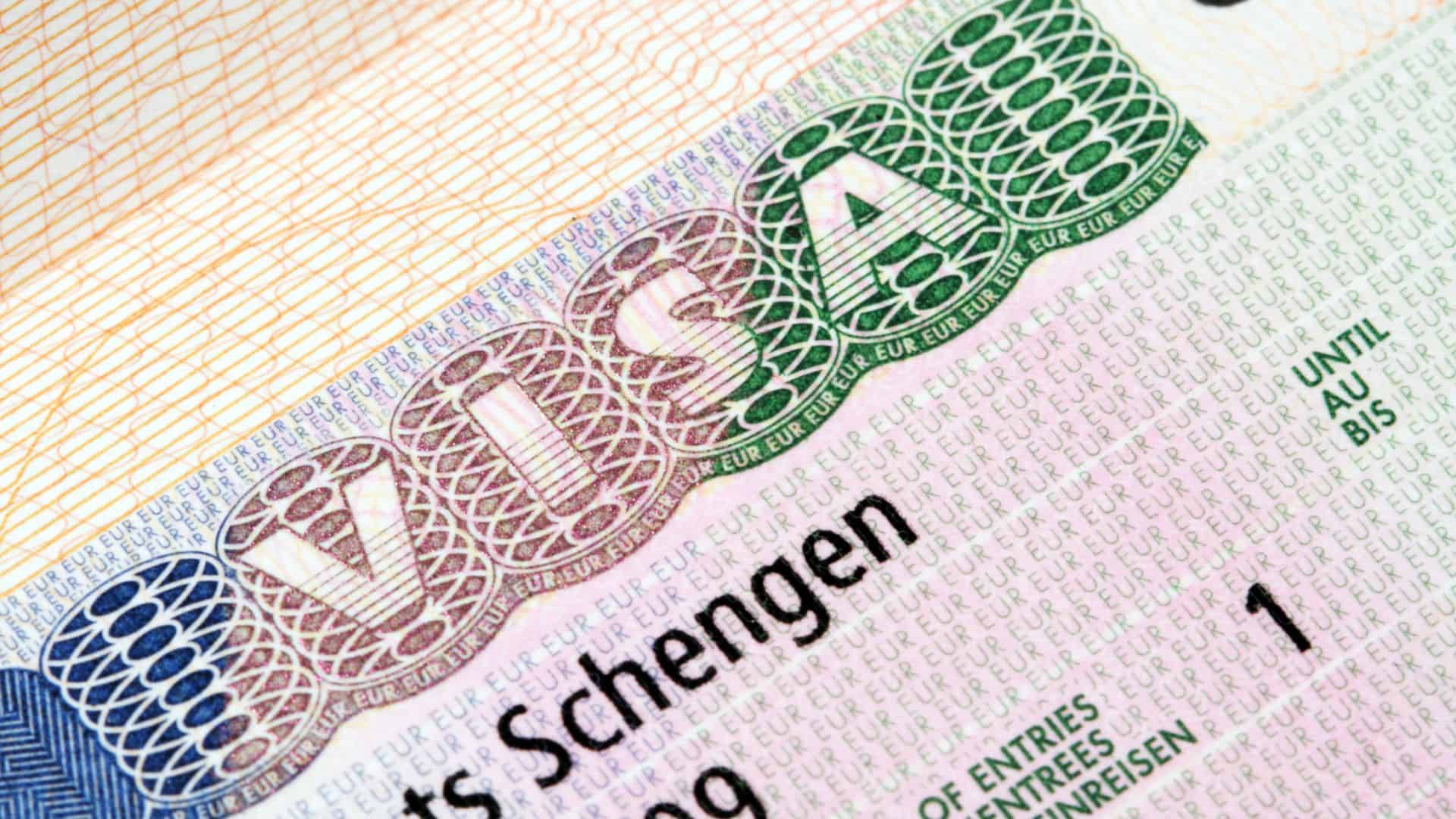
The standard across Europe is 220Volt-50 Hertz system with a rounded 2 pin plug. The notable exception is the United Kingdom and Ireland which use the same voltage but have this ridiculously large monstrosity of a plug-in for the wall. You can get great adapters here:
Europe Travel Adapter
UK Travel Adapter
If you are coming from the US or Canada you will need a 120 to 240 V converter and the answer would be yes, you can use your hairdryer(only if you have an adapter). If you are from Australia, or New Zealand you will need an adapter Aswell. The best European adapter for Apple iPhones can be found on Europe Revealed.
Europe, like many parts of the world, uses a different electrical voltage and plug type compared to some other regions, such as North America. Here's what you need to know about electricity in Europe:
1. Voltage and Frequency:
-Most of Europe operates on a voltage of 220-240 volts at a frequency of 50 Hz. This is different from countries like the United States and Canada, which use 110-120 volts at 60 Hz.
2. Plug Types:
-Europe uses a variety of plug types, but the most common are Type C (2 round pins), Type E (2 round pins with a hole for grounding), and Type F (2 round pins with grounding clips on the sides). It's important to check the plug type used in the specific country you'll be visiting.
3. Using Electronics from North America:
-If you're bringing electrical devices from North America, which typically use 110-120 volts, you may need a voltage converter or transformer to safely use them in Europe. This is especially important for appliances like hairdryers or shavers.
4. Dual-Voltage Appliances:
-Some modern electronics (like laptops, smartphones, and certain travel-friendly hairdryers or shavers) are designed to work with both 110-120 volts and 220-240 volts. Check the label or user manual of your device to see if it's dual-voltage.
5. Plug Adapters:
-Even if your device is compatible with European voltage, you may still need a plug adapter to fit the outlets. This doesn't change the voltage; it simply allows your plug to fit into the European socket.
6. Safety Considerations:
-Always double-check the specifications of your electronic devices. Using a device that's not compatible with the local voltage can damage the appliance and potentially pose a safety risk.
7. Buying Electronics in Europe:
-If you're purchasing a new electronic device while in Europe, make sure it's designed for the local voltage and plug type.
Traveling internationally can be both exciting and challenging, especially when it comes to ensuring your electronic devices work properly. You will need a converter or adaptor to use your hairdryer, flat iron, and a blow dryer. Luckily you can buy an adaptor on our renowned site. One of the most common concerns for travelers is how to use their electric appliances, such as hairdryers, curling irons, and chargers, in countries with different electrical systems. European adapter converters are essential tools for travelers from regions with different voltage standards, like the United States and Canada, where 110V is the norm. In this guide, we'll delve into the intricacies of how European adapter converters work, covering everything from voltage conversion to plug compatibility.
- Understanding Voltage Differences: The first step in comprehending how European adapter converters work is understanding the variance in voltage standards across different regions. In Europe, most countries operate on a 220-240V system, while the United States, Canada, and several other countries use a standard voltage of 110-120V. This difference in voltage can cause issues when attempting to use electric appliances designed for one region in another. For instance, if you try to use a 110V hairdryer in Europe without proper conversion, it may not function optimally or could even be damaged due to the higher voltage.
- Role of Adapters: Adapters are the simplest solution to the problem of plug compatibility when traveling abroad. European adapter plugs come in various designs but serve the same purpose: to allow your device's plug to fit into the electrical outlets of the destination country. These adapters typically do not convert voltage; they merely adapt the plug shape to fit the socket. Therefore, if your device is compatible with the voltage of the destination country, using an adapter alone may be sufficient. However, it's crucial to note that adapters do not change the voltage, so if your device requires a different voltage from what's available, you'll need an additional voltage converter.
- Voltage Converters: Voltage converters, also known as transformers, are essential for devices that are not compatible with the higher voltage commonly found in European countries. These converters step down the voltage from 220-240V to the lower voltage required by devices designed for 110-120V systems. When selecting a voltage converter, it's crucial to consider the wattage of your device, as converters are rated based on their power handling capacity. High-power appliances like hairdryers and straighteners require converters with a higher wattage rating to ensure safe and efficient operation.
- Dual Voltage Appliances: Some modern electronic devices, such as dual voltage hairdryers, are designed to work seamlessly across different voltage standards. These appliances typically have a built-in voltage switch or are auto-sensing, allowing them to adapt to the voltage of the electrical outlet automatically. Dual voltage devices eliminate the need for a voltage converter, making them ideal for international travel. However, it's essential to check the label or user manual of your device to ensure it is indeed dual voltage before using it abroad.
- Travel Tips and Considerations: When traveling to Europe or any other region with different voltage standards, it's essential to plan ahead and pack the necessary adapters and converters. Research the voltage requirements of your destination country and verify the compatibility of your devices. Additionally, consider the wattage of your appliances, especially high-power items like hairdryers and curling irons, to ensure you select the appropriate converter. It's also a good idea to carry a universal travel adapter that can accommodate different types of plugs commonly found in various countries.
If you don't buy a converter none of your phone chargers will work in Europe wall outlets. Dual voltage hair dryers do not work without a plug adaptor in Europe. There are different kinds of voltage range ranging from 120v to 220v to 240v, luckily when you buy an adapter on Europe Revealed it makes picking the right adaptor easy. All electronic devices use a converter and once you arrive in Europe or arrive at your destination you too will need to use a converter.
Conclusion: European adapter converters play a crucial role in enabling travelers to use their electronic devices seamlessly across different voltage standards. By understanding the principles behind these converters, including voltage conversion, plug compatibility, and device specifications, travelers can ensure their appliances function correctly and safely during their international adventures. Whether it's a simple adapter for plug compatibility or a voltage converter for high-power appliances, being prepared with the right tools is key to enjoying a hassle-free travel experience.
Remember to always exercise caution and use the appropriate adapters or converters to ensure the safety of your electronics.










